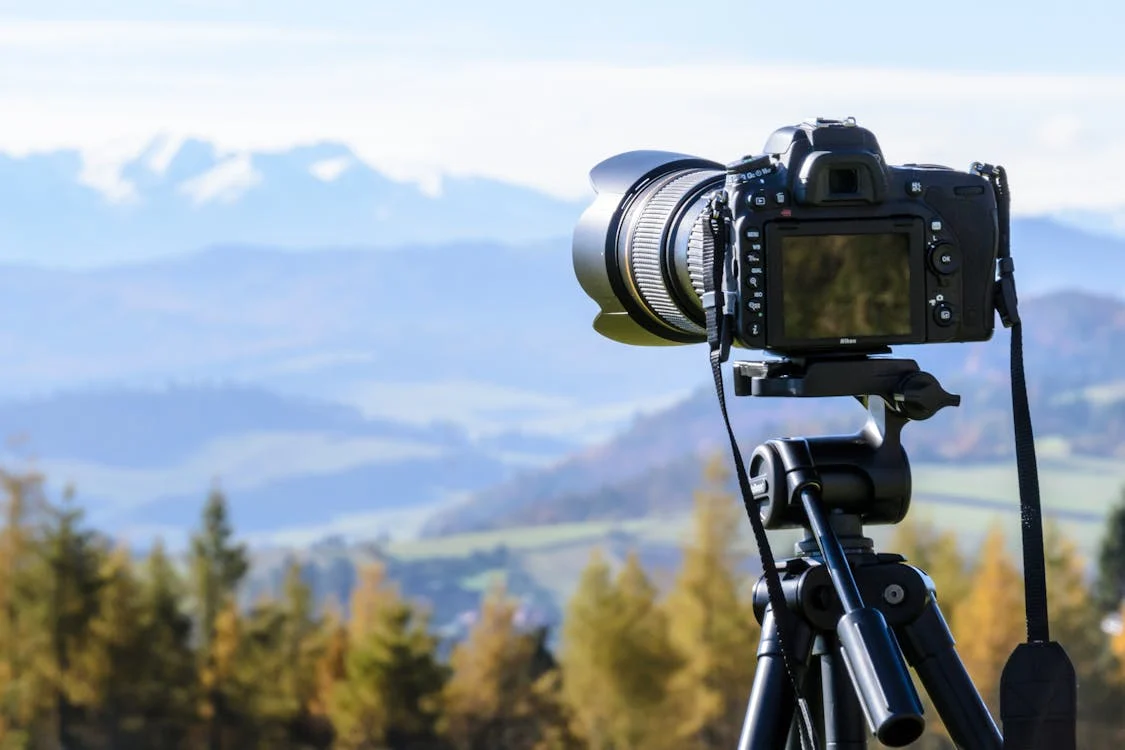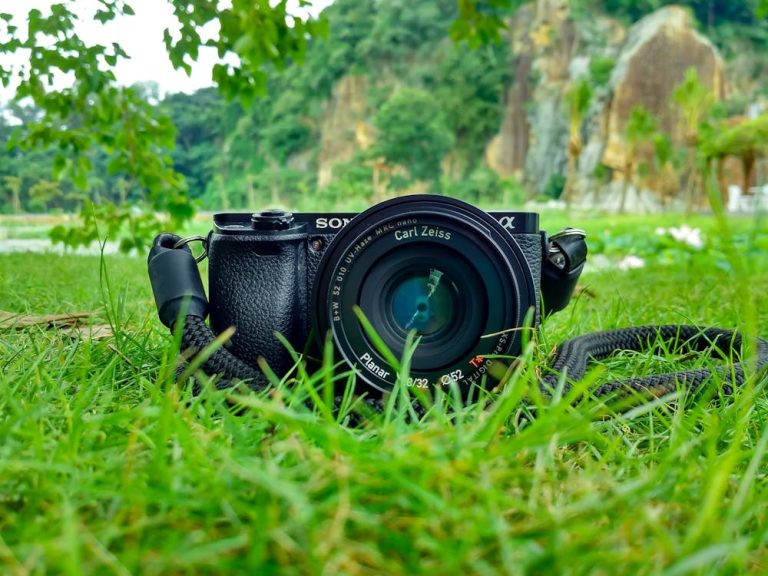Photography is much more than just pointing a camera and clicking a button. It’s an art form that requires patience, creativity, and a deep understanding of the tools at your disposal. Whether you’re a complete beginner or an experienced professional looking to improve, there’s always something new to learn in the world of photography. In this post, we’ll guide you through the journey from novice to pro, offering tips, techniques, and insights to help you become the best photographer you can be.
Understanding Your Camera: The Basics
The first step on your photography journey is understanding your camera. It doesn’t matter whether you’re using a smartphone or a high-end DSLR—getting familiar with your camera’s features will unlock its full potential. Start by learning how to control key settings like aperture, shutter speed, and ISO. These three elements control the exposure of your photos, and mastering them is essential for capturing the perfect shot.
- Aperture: This is the opening in your lens that controls how much light enters the camera. A larger aperture (a smaller f-number) lets in more light and gives you a shallow depth of field, while a smaller aperture (a larger f-number) lets in less light and increases the depth of field, making more of the scene in focus.
- Shutter Speed: This controls how long your camera’s shutter stays open. A fast shutter speed can freeze motion, while a slow shutter speed creates a sense of movement, often used in landscape photography to create a silky smooth effect on waterfalls or rivers.
- ISO: ISO determines your camera’s sensitivity to light. A low ISO is perfect for bright conditions, while a high ISO is useful in low light. However, increasing ISO can lead to more noise in your photos, so it’s always best to keep it as low as possible for clear, sharp images.
Don’t just rely on automatic settings. Try switching to manual mode and experiment with these settings to get a feel for how they affect your shots.
Composition: Crafting Visually Stunning Images
Composition is one of the most important aspects of photography. It’s the art of arranging elements within the frame to create a compelling image. Here are a few composition techniques to enhance your photos:
- The Rule of Thirds: Imagine your frame is divided into a 3×3 grid. The rule of thirds suggests that the most visually interesting elements of your photo should be placed along these lines or at their intersections. This creates balance and helps guide the viewer’s eye through the image.
- Leading Lines: These are natural or man-made lines in your scene that draw the viewer’s eye towards the subject. Roads, rivers, and fences are great examples of leading lines that can create a sense of depth in your photos.
- Framing: Framing involves using elements in the scene to “frame” your subject, like an archway or branches of a tree. This technique helps highlight the subject and gives your image more depth and context.
Composition also involves considering the background and surroundings. Don’t just focus on the subject; pay attention to the environment and how it complements or contrasts with the main focus of the image.
Lighting: The Photographer’s Best Friend
No matter how great your camera is, it’s the lighting that makes or breaks a photo. Understanding how to use natural and artificial light is key to capturing stunning images.
- Natural Light: The best time to shoot outdoors is during the “golden hour”—the period shortly after sunrise or just before sunset when the light is soft and warm. This light is flattering for portraits and adds a magical quality to landscapes. Overcast days are also excellent for shooting, as the clouds diffuse the sunlight, creating a soft, even light that minimizes harsh shadows.
- Artificial Light: In studio settings, you can manipulate light using softboxes, umbrellas, and reflectors. These tools help you control the direction, intensity, and quality of light. A soft light source creates soft shadows and a flattering effect, perfect for portrait photography, while a harder light creates sharp, defined shadows, adding drama and depth to your images.
Learning how to work with light—whether natural or artificial—is crucial to producing photos that stand out. Play with the direction, intensity, and color of light to create different moods and effects.
Editing: Bringing Your Vision to Life
After you’ve captured the perfect shot, it’s time to bring your creative vision to life through editing. Post-processing can turn a good image into a great one, enhancing colors, sharpness, and contrast.
- Adobe Lightroom and Photoshop are two powerful tools used by photographers worldwide. In Lightroom, you can adjust exposure, white balance, contrast, and color saturation to fine-tune your images. Photoshop offers more advanced features like retouching, cloning, and adding special effects.
- Non-destructive Editing: One of the key benefits of working in Lightroom or Photoshop is the ability to edit non-destructively. This means you can make changes without permanently altering the original file, allowing you to experiment freely with different edits.
Remember, editing should enhance your images, not overtake them. A subtle touch of editing can make a world of difference, but be careful not to overdo it.
Conclusion: Embrace the Journey
Becoming a professional photographer is a lifelong journey of learning, practicing, and evolving. The more you experiment with different techniques, the more you’ll develop your unique style. Keep honing your skills, stay inspired by others, and above all, have fun with your photography. After all, the best photos come from passionate and creative photographers.



